Clarence High School Grade 9 Homegroup - Burrows

Hello Clarence Grade 9 Burrows!
Thank you for your questions about climate change. You asked some really interesting questions about energy sources, taking climate action, and the future of our Earth.
You'll find answers to your questions from our climate experts below - have a read and watch of their answers.
You can also have a look at what other classes across Tasmania asked this year, as well as our climate change toolkit.
Our Questions
This is a really important question – with an “it depends” kind of answer. What we know for sure is that climate change is already, and will continue to, have really big impacts. The sorts of impacts that climate scientists expect that future generations will face include more extreme weather events, sea level rise, biodiversity loss, environmental degradation – all of which have complex and interrelated flow on effects. It is also important to remember climate change is not just a problem that is going to have impacts in the future. It is already having significant impacts to people’s lives right now!
What’s tricky about this question is that the kinds of impacts and extent of those impacts that future generations will experience however, depends on different mitigation scenarios. What that means is that if action is taken now to reduce greenhouse gas emissions and reach net zero CO2 emissions, then the scenarios for future generations will be less severe and dangerous then if action takes longer or doesn’t happen at all. What is also tricky about this question is that projections of what the future may look like depending on current actions could be much more severe and extreme if we reach ‘tipping points’ (some of the other experts have answered questions about these).
One of the really helpful things about these climate models and scenarios is that they show us really clearly what we need to do now to ensure a safer world for future generations. We can be a part of creating a more just and safe world for future generations by taking action now.
You could also read these articles about climate projections for 2500, and what the earth will be like 500 years from now.
Climate change and its causes will affect your generation in many different ways, in Australia and elsewhere. These include rising average temperatures, more frequent and severe storms, floods and bushfires, and extinction of plants and animals. The loss of topsoil from drought, flood and wind and unpredictable weather will affect farming and could cause more frequent and severe famines. This could lead to increasing political tensions in some countries around access to resources. People and governments will need to spend more money on safety and preparedness. These impacts are all related to one another.
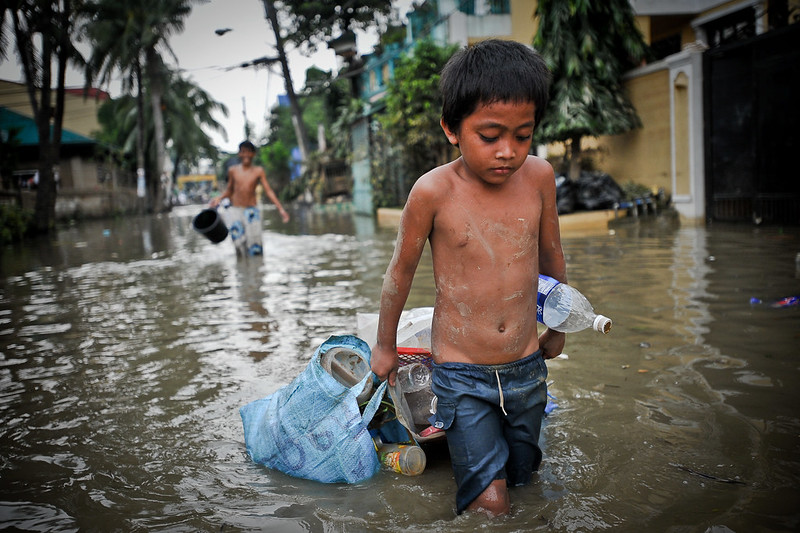
A lot of produce will become more expensive as environments change. This includes coffee and honey, and even some vegetables, fruits and meat. Campfires, burn-offs and open-flame barbeques would be restricted for longer parts of the year as fire bans become increasingly common. Take the example of the 2020 bushfires. More than 3 billion animals were impacted, forests were damaged or destroyed, and human tragedies included loss of life, health, homes and livelihoods. Crises like this would be repeated in increasingly worse fire seasons, meaning bigger and bigger expenses for fire preparedness. Taking action on climate change will not stop these impacts entirely, but it can reduce them.
Climate change and its causes impact more than the natural environment. They have knock-on impacts in health. Air, water and soil pollution will continue to cause health conditions and worsen existing ones like cardiovascular and respiratory diseases as well as cancers. While these outcomes are less common in Australia, they happen here too. People in poorer communities with fewer support structures are impacted most. Your generation will see these impacts in your lifetimes. In fact, you already have. Increased exposure to new infectious diseases in the environment has also been linked with climate change, meaning epidemics and pandemics may be a thing of the future and not just the present.
While these impacts cannot be stopped completely, there is so much that can be done to avoid the worst of it. If we rapidly reduce the greenhouse gas we emit, we can improve the future for your generation and the generations who follow you. Action on climate change now will play an important part in your future quality of life, and in the lives of many others around the world in your lifetime.
This is an excellent question! And a complicated one to answer because it involves lots of different parts, but let me try! Lots of you might have heard that globally, we are trying to limit global warming to 1.5°C in the next decades. Whilst this might sound like a small number, it actually reflects an average of temperature increases and decreases all around the world. The reason that 1.5°C has been identified is that if we go past this temperature rise the world is likely to experience extreme events such as heatwaves, forest fires and flooding more frequently – but the world won’t be uninhabitable.
The world will not become uninhabitable because we will be able to adapt – already, lots of people are adapting to climate change around the world. For example, in Australia we are managing forests differently to prevent big burn events from happening. Scientists and Indigenous people are working together to reduce forest fires and protect natural environments, wildlife, and people. Australia is also protecting important ecosystems such as the Great Barrier Reef – the National Reef Restoration and Adaptation Program is working to help the reef adapt and recover from the impacts of climate change.
We are long way away from an uninhabitable temperature! It could take many thousands of years for temperatures to be too severe for people to live. But we want to protect people today and future generations from extreme weather events and other impacts of climate change. To do so, people around the world will need to act fast to make changes. If we can manage to greatly reduce global greenhouse gas emissions (such as carbon dioxide, CO2, by driving less or by burning less fossil fuels like coal) we can limit climate change.
I received quite a few questions asking about the most effective way to stop climate change, and how kids can be part of the solution. As you probably know, the key thing that we need to do to help stop climate change is to stop emitting greenhouse gases – particularly carbon dioxide and methane. There are things we can all do to help with this, like driving less, using renewable energy, or tyring to eat local produce that doesn’t have to be transported to Tasmania from far away. But for the really big changes to greenhouse gas emissions that are required to help stop climate change we need our governments to implement policy change. The more we all call for these changes – as a community – the stronger our message to politicians will be.
Another thing we will need to do to help stop climate change is to actively remove carbon dioxide from the atmosphere. There are lots of ways to do this, but some of the simplest and most effective are those that harness the power of nature. Planting more trees, leaving coastal and marine habitats like mangrove forests, seagrass meadows and kelp forests intact. If you’re interested in engineering then there are also some very cool technologies emerging that will help us to pump carbon dioxide out of the atmosphere and back under the ground.
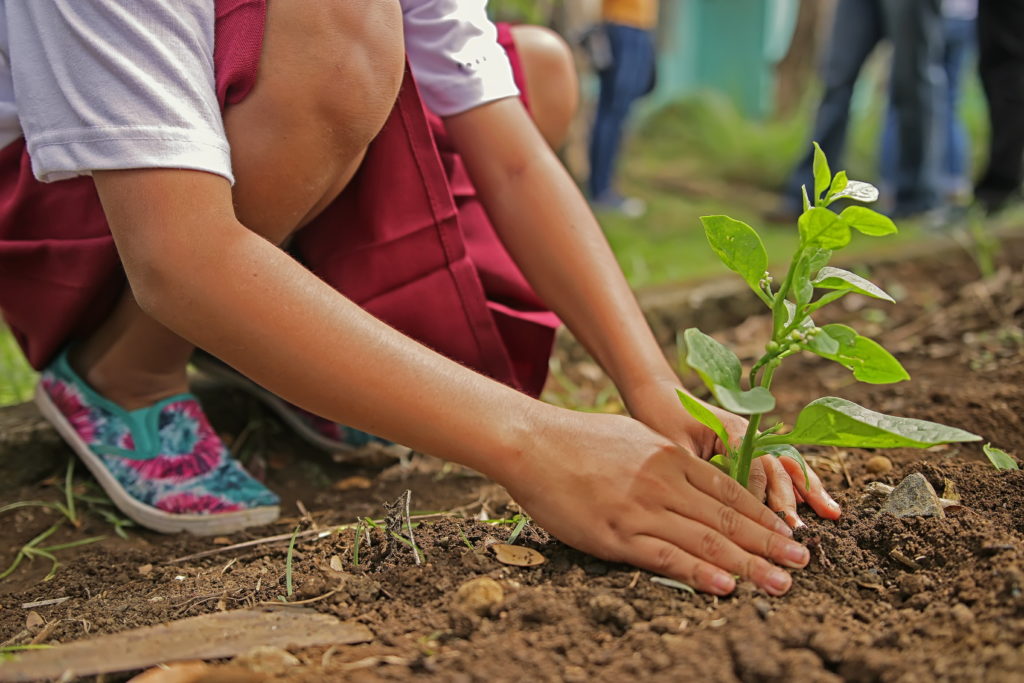
The future of Tasmania and of our planet belongs to kids of today, not to grown ups. Kids ask great questions and they are fantastic at thinking up new ways to solve problems. I think that one of the most important things that kids can do is to keep asking questions and to keep learning to be problem solvers. Keep being curious and caring about climate change!
What an excellent and timely question: there has been a lot of discussion about nuclear power in the media recently. Also, Australia’s new plan to get to net zero emissions by 2050 does not rule out including nuclear power in this country’s future energy mix. So it’s an important time to be thinking and talking about nuclear.
Nuclear energy is used to generate electricity in 30 countries around the world, and provides about a tenth of the world’s energy needs. Nuclear power needs uranium, and the planet has uranium resources sufficient to fuel existing demand for more than 130 years. Nuclear power does not cause direct greenhouse gas emissions, which is good when we are thinking about climate change, however, the waste from nuclear power generation is problematic. It remains radioactive potentially for thousands of years and needs to be carefully stored under very controlled conditions in order not to pose a danger to humans and the environment.
Could Australia develop nuclear power? Currently the answer is no. That’s because Australian law currently prohibits the approval and construction of nuclear power plants and the enrichment of uranium needed for nuclear power. Could Australia develop nuclear power in the future as part of an effort to reduce greenhouse gas emissions? Australia does have a lot of uranium, in fact, it supplies about one third of the total world demand for uranium.
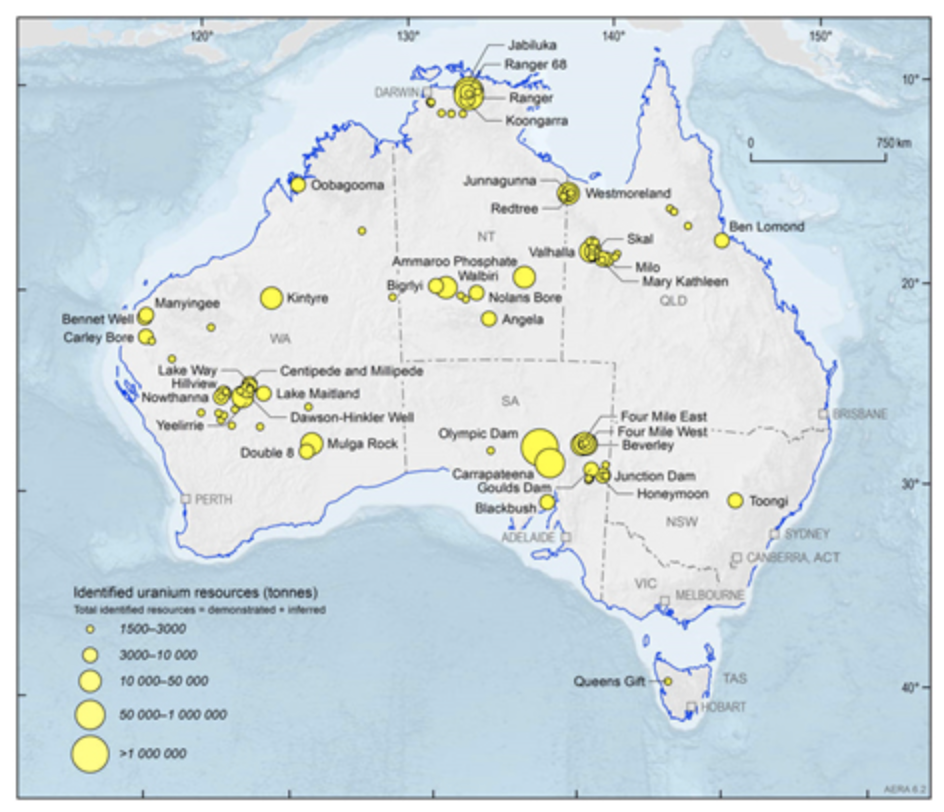
The problem with nuclear for Australia as part of the effort to reduce emissions this decade is quite simple: it’s too slow, and too expensive.
How is it too slow? The timeframe to build a nuclear power station is at least 10-12 years. If we started to build a nuclear power capacity in Australia right now (and remember, the law currently prohibits it) it would not be operational until the early-mid 2030s. Science tells us we need to cut emissions right now, this decade.
How is it too expensive? Despite our domestic reserves of uranium, nuclear is by far the most costly energy for Australia to generate, as you can see from the illustration below.

Comparison of power generation technology cost estimates. Source: CSIRO Gen Cost 2019-2020
If we were to build nuclear power capacity in Australia, starting today, the cost of renewables like wind and solar would be much less even than it is today by the time we were able to generate any nuclear power.
So we might pursue building nuclear power in Australia if we had no other alternatives, but we are lucky to have some of the most plentiful solar, wind and particularly offshore wind resources in the world. So renewables like wind and solar, backed up by hydroelectricity, batteries, and new fuels like green hydrogen, will be a faster and cheaper way to decarbonise than turning to nuclear power.
There are 195 countries in the world. Australia is sixth largest country and takes 55th place in the world in terms of our population density. Despite relatively low population density we are in the top 15 countries in terms of our CO2 emissions per capita – that is how much emission we produce per each person in the country. Global average is 4.72 tonnes annually per capita while we are responsible for 16.3 tonnes per person. That is over 240% greater than global average! As you know CO2 emissions are one of the primary reasons of climate change as well as general air quality. Sadly, Australia also leads the world in generating most of the single-use plastic waste per capita (~59kg per person in 2019, ahead of USA, South Korea and UK). Despite these numbers, we do actually emit relatively low quantities of plastic into the ocean. Plastic pollution has many negative effects on wildlife health, human health and is also closely linked to CO2 emissions. You can learn more about it here.

So, to answer your question, Australia could reduce its CO2 emission per capita. For example, electric vehicles can be introduced and encouraged, which have been shown to be more environmentally friendly than petrol or diesel cars. Other countries, for example Norway, have already started a shift by offering financial benefits to electric car owners, like tax reduction and free parking. It is particularly viable in smaller states, like Tasmania. We can also push for a shift towards green energy, like sun, wind and wave energy generation. Similarly, reducing plastic consumption and consequently production would have positive effects on environmental pollution and our global emissions. We can also be more conscious about disposal of our waster, including plastic. These efforts have already started with a recent study showing that local government initiatives can reduce plastic pollution by 29%. Other initiatives are being investigated and you can learn more about options here. As individuals we can make “green” choices, for example by not purchasing items we do not need, continue using items that are working instead of replacing them frequently with a newer model, recycling most of our rubbish and avoiding use of single use plastics.
The short answer to your question is called ‘just transition.’ It is the idea that we can transform our societies to stop relying on fossil fuels responsible for climate change (coal and oil, for example) and create alternatives that are fair, so that no one is left out.
There is a common idea that polluting industries are necessary for our economy to work. Well, this is not true, quite the contrary! Transforming our societies, so that they are more sustainable (or environmentally friendly), could create jobs and improve our quality of life. Investing in renewable energy (like wind and solar energy) and sustainable industries (like public transportation or eco-friendly housing), can help to create new jobs, while fighting against climate change.
Here is an example. When a coal power plant closes, many workers lose their jobs, and this can have a serious impact on the local community and economy. Therefore, it is important to make sure that these people are given new job opportunities (through training, etc) in clean energy sectors, for instance. A key for a successful ‘just transition’ is to ensure that all the people concerned work together to decide what they want the new society to look like.
This is a complex but important question! First of all, we alone cannot prevent climate change, but we can slow it down (this is called mitigation). There are lots of things you can do at individual level, in your school and in your community. The most effective way is to make changes across all these areas.
You can start by understanding the key contributors of climate change in Tasmania and then start making changes in your own life. We know climate change has been accelerated by the increased CO2 emissions generated by our ways of living. One way to approach this question is by looking at which activities generate the most emissions, then focus on those.
According to the 2022 Tasmania Greenhouse Gas Emissions Report, these are the biggest four CO2 emitters in Tasmania by sector: Energy (42%), Agriculture (35%), Industrial processes and product use (19%), and Waste (5%)
1. Tasmania has high levels of renewable energy generation compared to other states and territories. Therefore, most of Tasmania’s energy emissions comes from three main sources:
- Combustion (e.g., burning coal, gas, agricultural waste; burning wood or gas for household heating and cooking);
- Transport (e.g., combustion of fuels such as petrol, diesel, and LPG, in passenger and commercial motor vehicles, railways, aviation & shipping); and
- Emissions from electricity generation (e.g., the combustion of fuels to generate electricity for home and commercial use).
What does this mean for you?
Some of these things may not be in your direct control, but you can start by having a think about:
- How can I use less energy in the house? (e.g., wear warmer clothing inside instead of just turning up the heat when it gets cold; heat only the rooms you use the most; take shorter showers to reduce hot water use);
- Can I find another way to get around? (e.g., walk, carpool, suggest fun family activities and vacations that don’t always involve air travel); and
- Can I buy/use/get things that are more local – instead of buying things are shipped large distances
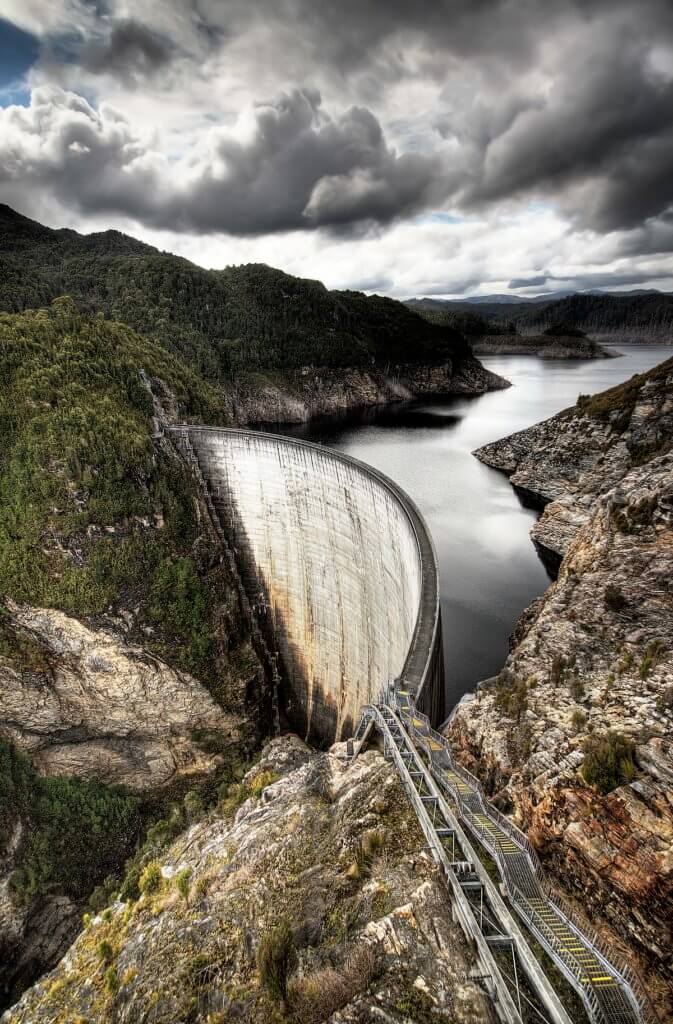
2. The emissions from the agricultural sector include that gasses emitted through the digestive systems of livestock (this includes cow farts!), the release of nitrous oxide (a greenhouse gas) from cropping and pastureland, and manure management.
What does this mean for you?
Though some may wish to make big personal changes like following a vegetarian or vegan diet, you may consider just reducing the amount of livestock-related food you eat each week and taking the time to really savour your meals. No matter what your dietary choices are, choose a healthy diets with mostly unprocessed foods and minimise food waste. Related to #1, consider growing your own veggies or raising your own chickens
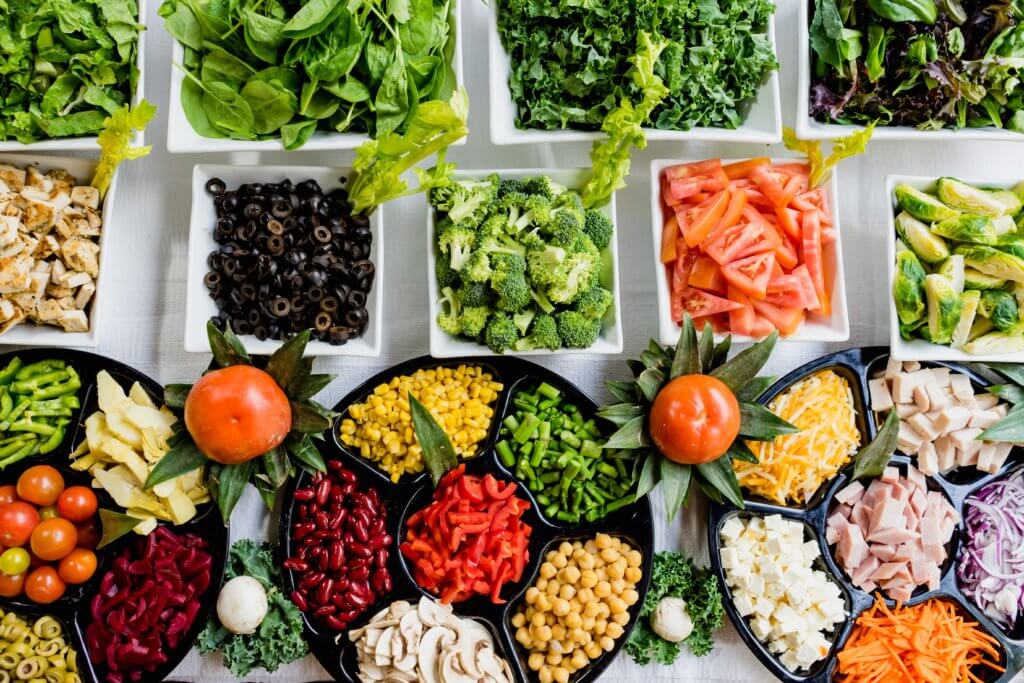
3. The emissions from industrial processes and products use are generated from the production of cement, iron, steel or aluminium. Emissions are also created through of synthetic gases such as hydrofluorocarbons (HFCs) (e.g., used in refrigeration and air conditioning equipment and as solvents) and sulphur hexafluoride (electrical equipment).
What does this mean for you?
Though you might not be buying big ticket items, you can still take care in choosing what you buy/use/get. Ask yourself: do I really need this? Does it need to be new or can I get it second hand? Can I borrow or rent this? Is it something I can share with others? Also, think about how you can take care of what you have so it will last for a long time (e.g., computers, toys, bicycles, scooters, smartphones

4. Finally, the emissions from waste are generated from the solid waste in landfills (e.g., decomposition of organic matter), and during the treatment of wastewater.
What does this mean for you?
This is related to #2 in that it is much better to separate compostable and recycling waste, from that which can only go to landfill. The compostable stuff is mixed into general waste, it doesn’t decompose as well, nor is it useful (for garden fertliser, etc.). This is also related to #3 in that if you have stuff you don’t need or use, it may well end up in the landfill.
As a Tasmanian, all these activities have an impact and everyone has an important role to reduce the impact of climate change.
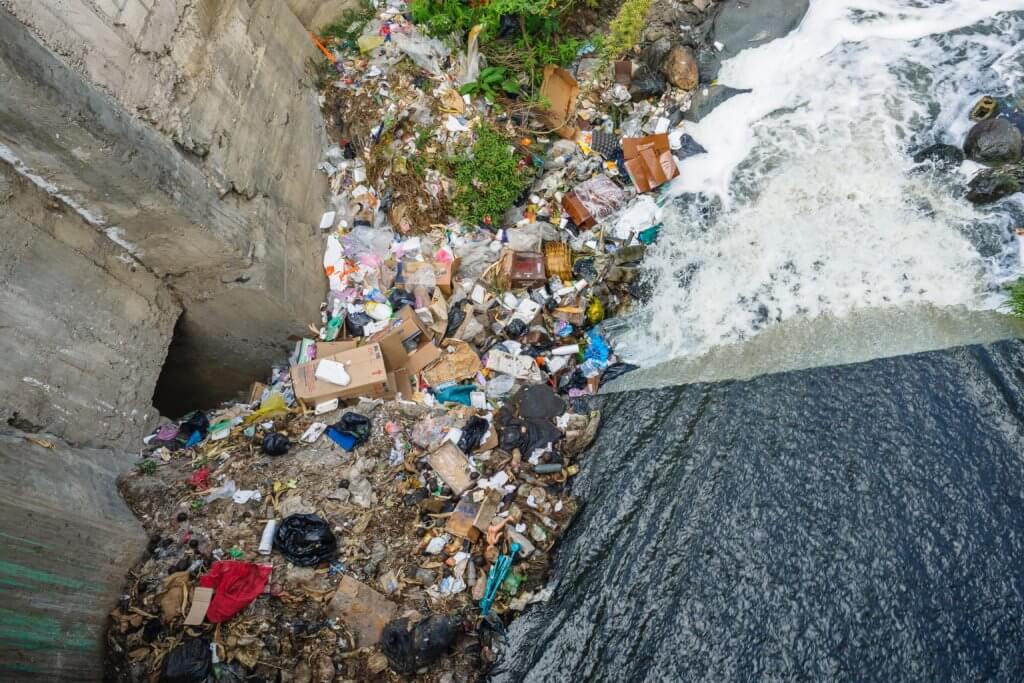
Sources:
2022 Tasmania Greenhouse Gas Emissions Report













